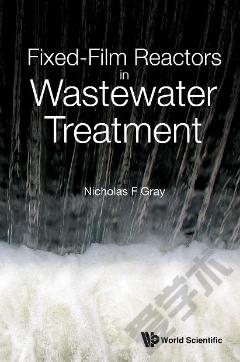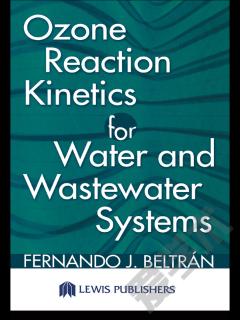Reverse Osmosis in waste water Reuse —— Reverse Osmosis
----- 废水中的反渗透回用:反渗透
Population growth, rapid industrialization and urbanization are placing increasing strains on the world’s water resources. We’ve just hit 7 billion as a global population, and we expect to reach 8 billion by 2025. As more people use more electricity, consumer goods, and, of course, food, we must find the water necessary to support this increased demand. Communities across the world face water supply challenges due to increasing demand, drought, depletion, contamination of groundwater and dependence on single source of supply. Water reclamation, recycling and reuse address these challenges by resolving water resource issues and creating new sources of high-quality water supplies. Reverse osmosis (RO) is a special type of filtration that uses a semi-permeable, thin membrane with pores small enough to pass pure water through while rejecting larger molecules such as dissolved salts (ions) and other impurities such as bacteria. Reverse osmosis is used to produce highly purified water for drinking water systems, industrial boilers, food and beverage processing, cosmetics, pharmaceutical production, seawater desalination, and many other applications.
{{comment.content}}








 京公网安备 11010802027623号
京公网安备 11010802027623号